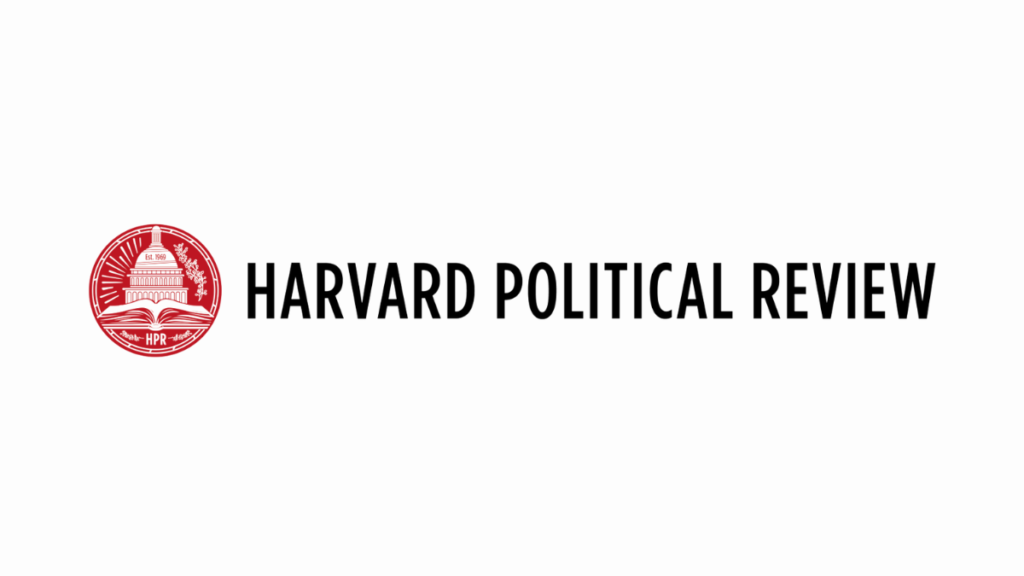When Your Credit Card Funds Systemic Persecution: The Truth Behind China’s Uyghur Re-Education Camps

January 4, 2021
Peter Irwin, senior program officer for advocacy and communications at the Uyghur Human Rights Project, told the HPR that officially one to two million, but potentially three million, Uyghurs are currently detained in internment camps. For context, the Uyghur population totals around 12 million. In recent years, the Chinese government has expanded these remote detention facilities into a system of closely-connected camps, forced-labor pipelines, and industrial exploitation.
Experts have estimated that at least 500,000 Uyghurs are subject to forced labor in the cotton and apparel industries alone. According to Irwin, Xinjiang cotton comprises 84% of China’s cotton production and over 20% of the world’s supply. He concluded, “[International] apparel companies, in particular, many of which source from China, are very likely, or at a very high risk of using cotton that has gone through the facilities where forced labor is rampant.”
Even outside of the camps, Uyghurs are subject to what is effectively an Orwellian state. In Xinjiang, the CCP has vastly increased its network of digital and bioforensic surveillance. CCTV cameras are trained on Uyghur homes and marketplaces. DNA, voice samples, and iris scans are collected to amplify surveillance efforts. Digitally coded ID cards are mandatory for all. The Chinese government also plans to sterilize at least 80% of Uyghur women to reduce Uyghur population growth to virtually zero. Those who refuse are sent to the camps. Irwin concurs that “What is going on right now very likely meets the criteria for genocide.” The goal is to eliminate an entire culture.
While the expansion of Uyghur internment camps into a forced-labor network is a relatively recent development, Irwin noted that “Forced labor is a manifestation of Chinese government policy that has gone back the past thirty years.”
Irwin elaborated, “Local governments have been incentivized to provide funds from the regional government to literally build these factories for Chinese companies.” Reports indicate that some of these factories are even paid $260 for each Uyghur they add to their assembly lines.
Irwin suggested that a “constellation of efforts” is necessary to produce meaningful change. In his words, “essentially what we’re trying to do is inflict a cost — an economic cost, a political cost, a cost in terms of how China is seen on the global scale — inflict a cost that is so high that China is forced to stop doing what they’re doing.”
Irwin believes the next step is the Uyghur Forced Labor Prevention Act (UFLPA), which is currently in Congress right now. He explained that the UFLPA would shift the burden onto importers to prove that goods imported from the Uyghur region are not sourced from supply chains implicated in forced labor instead of on Customs and Border agents to prove the presence of forced labor.
If financially-able, members of the community can also directly donate to the Uyghur Human Rights Project and other organizations working to put an end to these atrocities.
Read the full article at Harvard Political Review.
